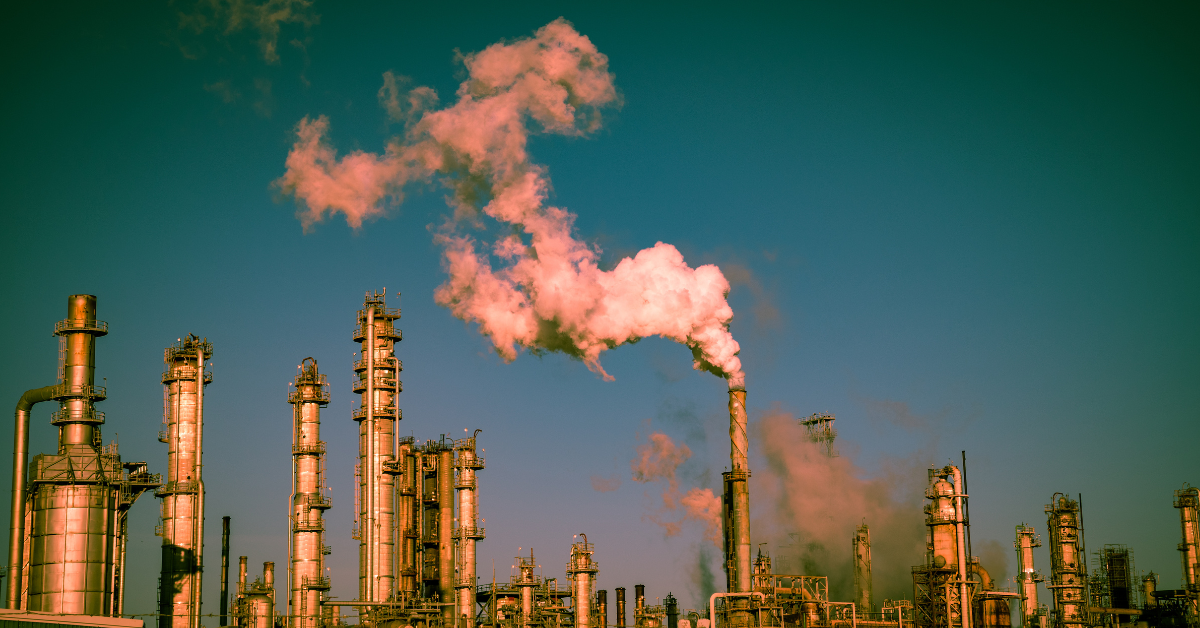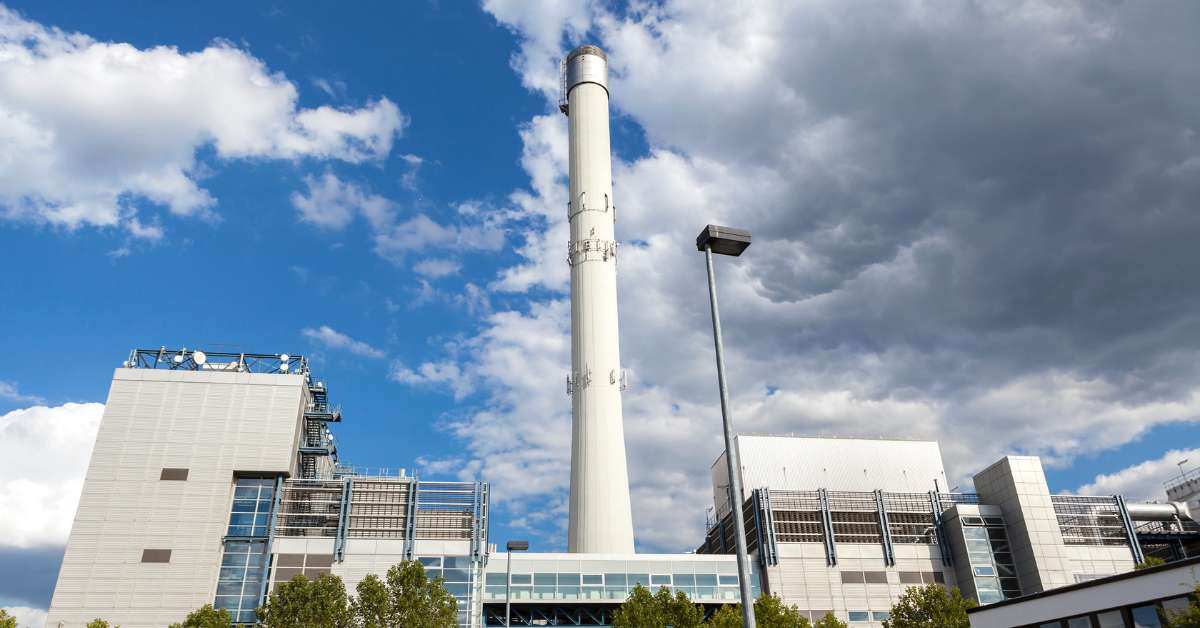In our latest video, Tom Yelland, R&D Engineer at Carbon Clean, explains how our powerful CycloneCC™ technology is changing carbon capture for the EfW industry.
How does CycloneCC™ benefit the energy from waste (EfW) industry?
Large footprints, slow permitting and high costs have previously been barriers to the adoption of CCUS technology for energy from waste (EfW) facilities.
CycloneCC™ solves these challenges as a cost-effective and modular solution. It’s a 100% modular and scalable system, with 10x smaller equipment than conventional options that both eases permitting requirements and is bringing the cost of capture down to $30/tonne.
Is CycloneCC™ already implemented in the EfW industry?
Yes, we have partnered with Veolia as a champion customer to integrate CycloneCC™ technology into its Energy Recovery Facilities (ERFs) located throughout the UK. The first-of-its-kind 10 tonne per day demonstration project is a significant step forward in enabling ERFs to power the low carbon cities of the future. By decarbonising the EfW industry with our revolutionary technology, we can support the accelerated adoption of carbon capture solutions throughout the sector and beyond.
Will CycloneCC™ unlock any additional service offers from Carbon Clean?
Yes. Heavy industry and CCUS innovators must work together to mitigate climate change. We launched an innovative business model with that in mind — an alignment of service, partnership, and CycloneCC™.
We offer Carbon Capture as a Service (CCaaS) for the duration of the contract, where we oversee installation as well as all aftermarket products and services. We handle solvents, maintenance, parts, and assist with regulations and compliance, becoming your strategic partner and ensuring the most successful deployment of CCUS possible.
What financial benefits does CycloneCC™ give an EfW facility and when can they start implementing it?
The mission of CycloneCC™ is to get the cost of carbon capture down to $30 per tonne on average through a combination of breakthrough technologies. CycloneCC™ makes CCUS a competitive option for EfW plants on the path to decarbonisation and provides the opportunity for companies to participate in the circular carbon economy.
When fully commercialised, industrial users will be able to install this all-in-a-box solution in less than 8 weeks and can progressively scale up to achieve their decarbonisation targets over time. CycloneCC™ is currently being commercialised at 10 TPD and 100 TPD with select partners, such as CEMEX, for technology deployment partner rollout by summer 2022 and market scale up in 2023.
How can you learn more about CycloneCC™?
Looking to decide whether CycloneCC™ is right for your EfW plant? Want to explore the technology that powers this CCUS solution? Download our eBook, CycloneCC: Introducing the world's smallest industrial carbon capture technology to learn more.



